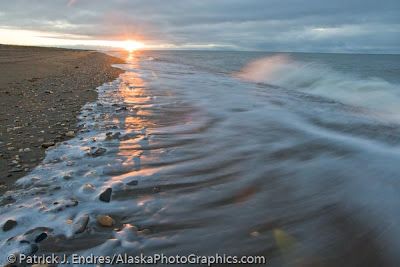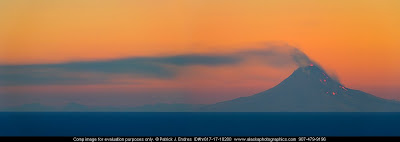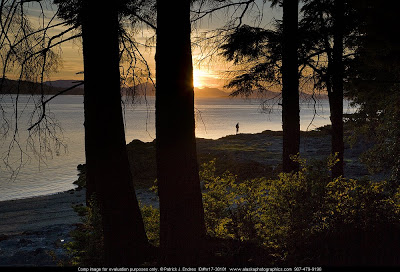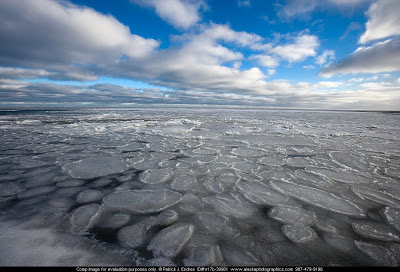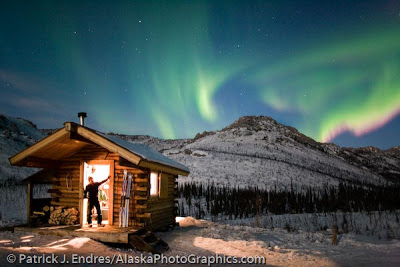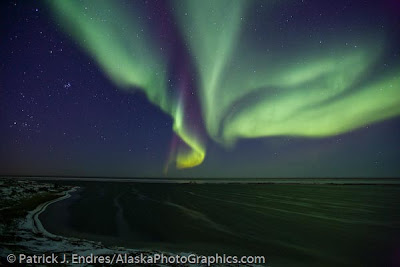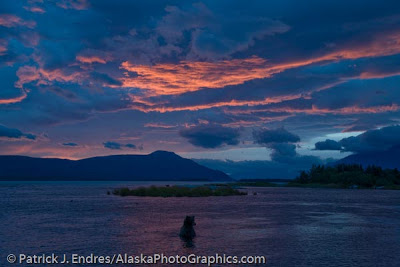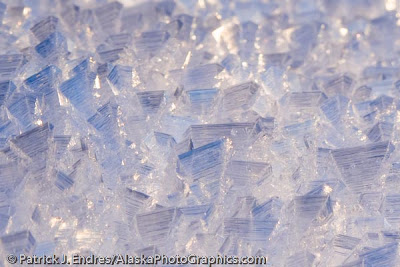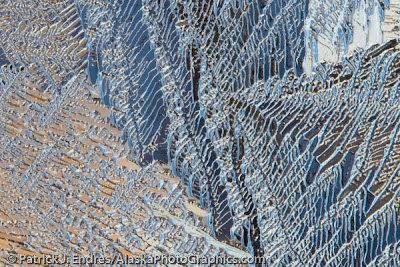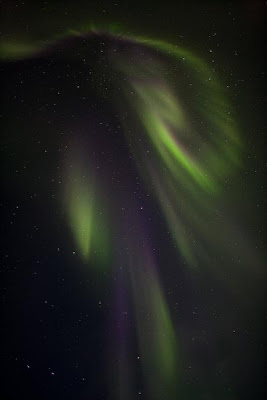Glaciers, mountains and all things nature
Shoreline along the Norton Sound, Seward Peninsula, Alaska.Canon 1Ds Mark II, 16-35mm f2.8L (20mm), 1/4 sec @ f16, ISO 125 Today, and for the next few days, Iditarod mushers will be completing their 1100+ mile race, traveling along the coast of the Norton Sound to the finish line on Front street in Nome. This is…
Mount Augustine volcano, Cook Inlet, Alaska. Stitched panorama photo made with two images. It was selected for the ATT Alascom Calendar for 2007. March 14, 2006 brought clear skies to southcentral Alaska, and I ventured to Homer to attempt some photography of Mt. Augustine volcano for a book project. I was aware of the volcano…
Southeast Alaska is a diverse, maritime environment, whose shores are dotted with small communities that live a life connected to the sea in some fashion. The Tongass Narrows divides Revillagigedo Island (the island where Ketchikan is located) from Prince of Wales Island. Evening sunsets along its calm waters are splendid (although they may be few)…
The formation of ice called “pancake ice” develops during freeze up when circular ice conglomerations bang into each other creating little raised edges around their perimeter. The windy conditions blew all the ice towards shore creating an interesting pattern for a landscape. Photographing in heavy wind requires a strong and stable tripod, a piece of…
I took a trip with a friend to the White Mountians last April to do some aurora borealis photography. It was a little late in the season for ideal snow conditions, but the skies cleared for a few nights of shooting. It is a challenge to include people in aurora photos due to the lengthy…
I’ve been getting many questions regarding when and where to go to see the northern lights in Alaska. I’ve addressed these questions briefly in an aurora article on line, but will reiterate some of that here. The aurora can be viewed frequently in Fairbanks and interior Alaska, and often in the Southern latitudes of the…
September in Alaska is one of my favorite times of the year for photography. This is so because the sunrise and sunset events comes back into a little more harmonious schedule. Any nature photographer is linked to these two events (save the night sky photographer), since the quality and angle of light is most conducive…
On the theme of frost, which visits Fairbanks generously during a given winter, this image reveals a brilliant pattern which sparkles under a low-angle sun. Hoar frost, or sometimes called radiator frost exhibits itself well in the Fairbanks winter conditions, partly because it is both cold and not very windy. Surface hoar frost, Fairbanks, Alaska.Canon…
Yesterday morning was minus 23 degrees at my office, and about noon, when the sun rose over the distant mountains and cast its glow, I was struck by the light on the window frost formations. The near perpendicular angle of the sun is the cause for the amazing separation and differentiation between the crystal shapes.…
This image illustrates one main advantage of fast wide angle lenses–they offer shorter shutter speeds. Shorter exposure times mean more detail. A five second shutter speed in this case captures more distinctive shapes commonly found during the coronal display. These shapes tend to get all blurred together with long exposures. To achieve this however, you…

